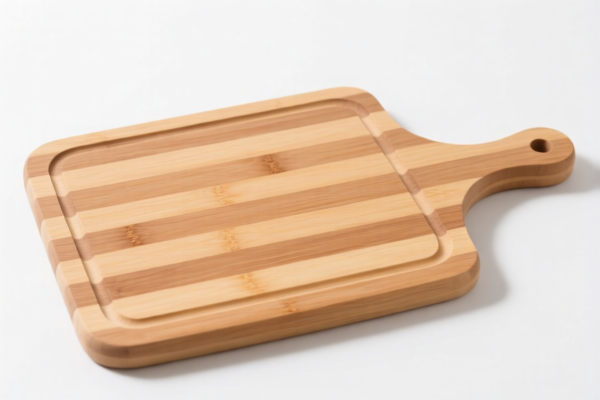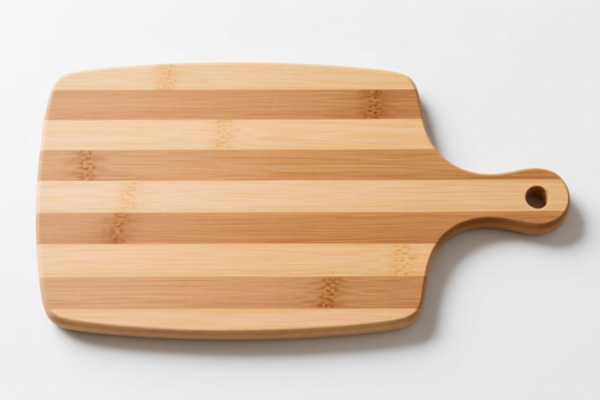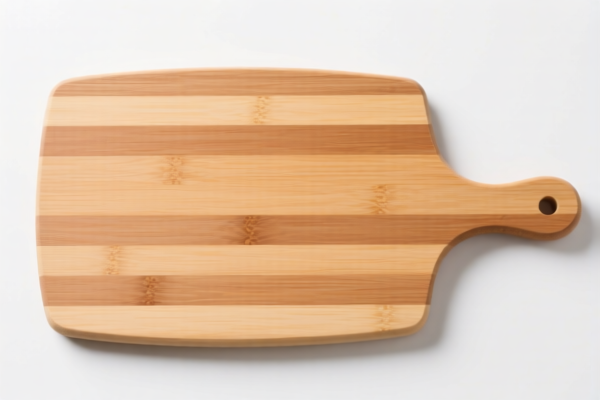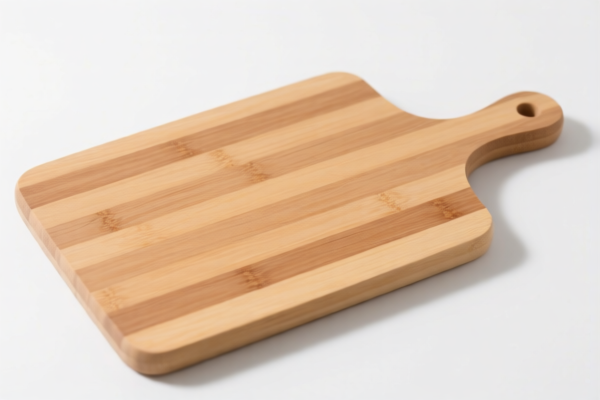| HS Code | Official Doc | Tariff Rate | Origin | Destination | Effective Date |
|---|---|---|---|---|---|
| 3924104000 | Doc | 33.4% | CN | US | 2025-05-12 |
| 4419110000 | Doc | 33.2% | CN | US | 2025-05-12 |




Okay, let's break down the classification and tax implications for your "PP CUTTING BOARD" declaration. Based on the provided HS codes, here's a detailed analysis:
HS Code Analysis for PP Cutting Boards
You have two potential HS code classifications, depending on the material of your cutting board. Here's a breakdown of each:
1. HS Code: 3924.10.40.00 – Tableware, kitchenware, other household articles and hygienic or toilet articles, of plastics: Tableware and kitchenware: Other
- 39: Plastics and articles thereof. This chapter covers articles made of plastics.
- 24: Tableware, kitchenware, other household articles and hygienic or toilet articles. This narrows it down to items used in the kitchen or household.
- 10: Tableware and kitchenware. Specifically focuses on items like plates, bowls, and utensils.
-
40: Other. This sub-heading covers plastic tableware and kitchenware not specifically mentioned elsewhere. This is likely the correct code if your cutting board is made entirely of plastic (PP - Polypropylene).
- Tax Details:
- Basic Tariff: 3.4%
- Additional Tariff: 0.0%
- Additional Tariff (after April 2, 2025): 30%
- Total Tax: 33.4%
- Tax Details:
2. HS Code: 4419.11.00.00 – Tableware and kitchenware, of wood: Of bamboo: Bread boards, chopping boards and similar boards
- 44: Wood and articles of wood; wood charcoal. This chapter covers items made of wood.
- 19: Tableware and kitchenware, of wood. This narrows it down to wooden kitchen items.
- 11: Of bamboo. Specifically for items made of bamboo.
-
00: Bread boards, chopping boards and similar boards. This is a specific category for cutting boards and similar items. This code applies if your cutting board is made of bamboo.
- Tax Details:
- Basic Tariff: 3.2%
- Additional Tariff: 0.0%
- Additional Tariff (after April 2, 2025): 30%
- Total Tax: 33.2%
- Tax Details:
Key Considerations & Recommendations:
- Material is Crucial: The most important factor in determining the correct HS code is the primary material of your cutting board. Is it 100% PP plastic, or is it made of bamboo?
- Composite Materials: If your cutting board is made of a combination of materials (e.g., a plastic handle on a wooden board), the classification can become more complex. You'll need to determine the dominant material by weight or value.
- Certification: Depending on the destination country's import regulations, you may need certifications related to food safety (e.g., FDA, LFGB). Please check the specific requirements for your importing country.
- Invoice Accuracy: Ensure your commercial invoice clearly states the material composition of the cutting board.
- Price Verification: Double-check the declared value (single price) of your cutting boards. Unusually low or high values can trigger customs scrutiny.
- Additional Tariffs (Post April 2, 2025): Be aware of the upcoming additional tariffs. Factor these into your cost calculations.
To help me provide a more precise classification, could you please confirm:
- What is the exact material of the cutting board?
- Is it a single material, or a composite?
- What is the destination country for the import?
Disclaimer: I am an AI assistant and this information is for general guidance only. It is always best to consult with a qualified customs broker or import specialist for definitive classification and compliance advice.
Customer Reviews
No reviews yet.